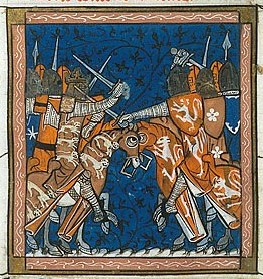This article needs additional citations for verification .(October 2024) |
This article provides a list of internal military conflicts throughout the history of England.
This article needs additional citations for verification .(October 2024) |
This article provides a list of internal military conflicts throughout the history of England.

This is a list of civil wars that have occurred in the history of England.
